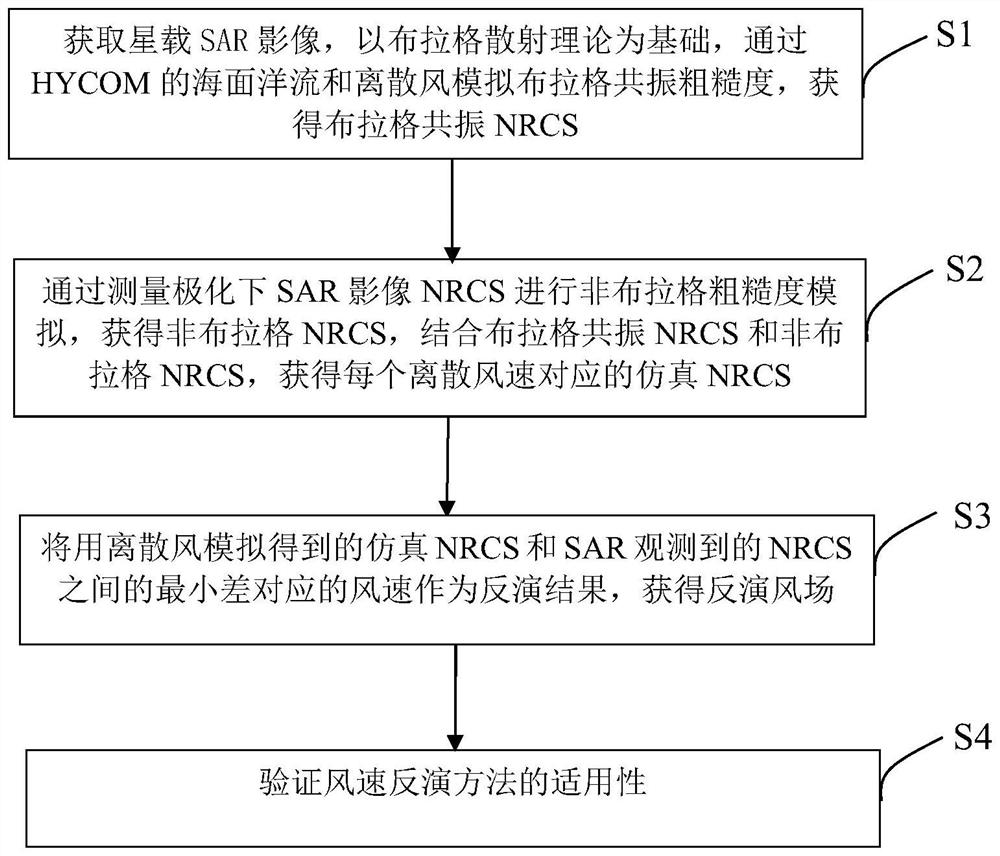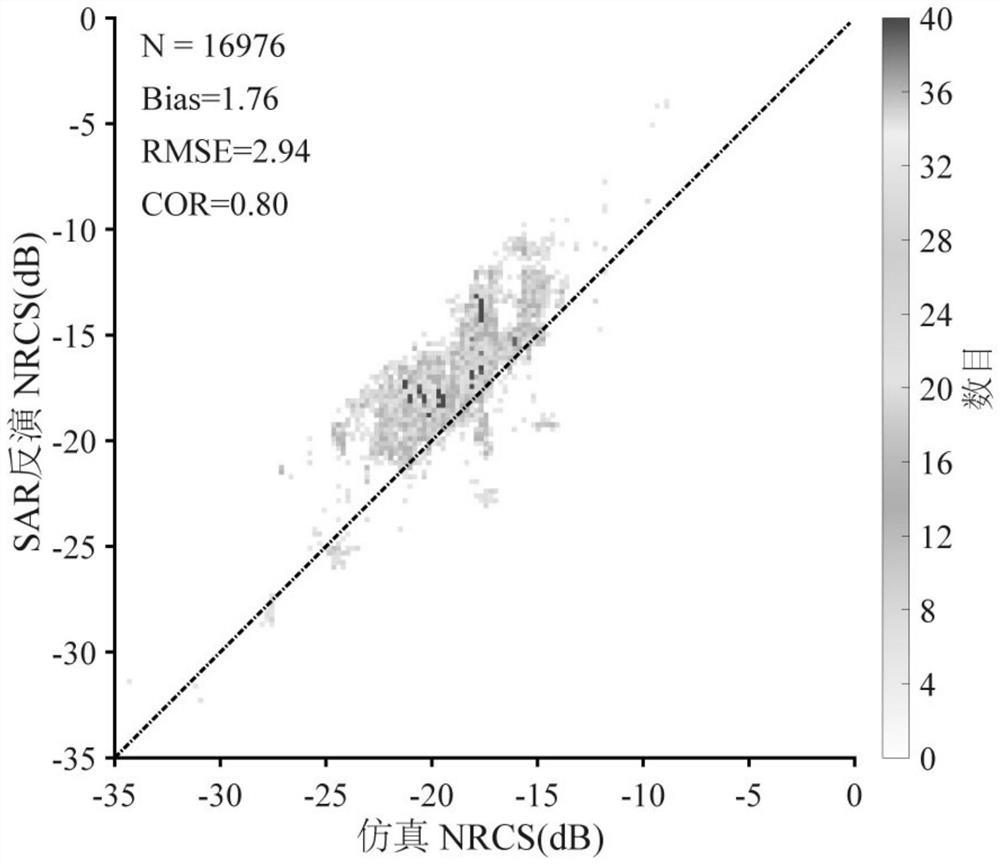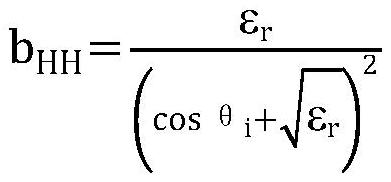Offshore wind speed inversion method based on SAR image and Bragg scattering model
A wind speed inversion and scattering model technology, applied in the direction of re-radiation, radio wave reflection/re-radiation, instruments, etc., can solve the problem of low accuracy and achieve the effect of improving reliability and accuracy
- Summary
- Abstract
- Description
- Claims
- Application Information
AI Technical Summary
Problems solved by technology
Method used
Image
Examples
Embodiment Construction
[0027] The present invention will be described in detail below in conjunction with specific embodiments. The following examples will help those skilled in the art to further understand the present invention, but do not limit the present invention in any form. It should be noted that those skilled in the art can make several changes and improvements without departing from the concept of the present invention. These all belong to the protection scope of the present invention.
[0028] Specifically, such as figure 1 as shown, figure 1 A block diagram of a wind speed retrieval method based on SAR images and a Bragg scattering model provided in an embodiment of the present invention, the method includes the following steps:
[0029] S1: Obtain spaceborne SAR images, based on the Bragg scattering theory, simulate the Bragg resonance roughness through HYCOM's ocean currents and discrete winds, and obtain the Bragg resonance NRCS;
[0030] Specifically, the original spaceborne SAR...
PUM
 Login to View More
Login to View More Abstract
Description
Claims
Application Information
 Login to View More
Login to View More - R&D
- Intellectual Property
- Life Sciences
- Materials
- Tech Scout
- Unparalleled Data Quality
- Higher Quality Content
- 60% Fewer Hallucinations
Browse by: Latest US Patents, China's latest patents, Technical Efficacy Thesaurus, Application Domain, Technology Topic, Popular Technical Reports.
© 2025 PatSnap. All rights reserved.Legal|Privacy policy|Modern Slavery Act Transparency Statement|Sitemap|About US| Contact US: help@patsnap.com



